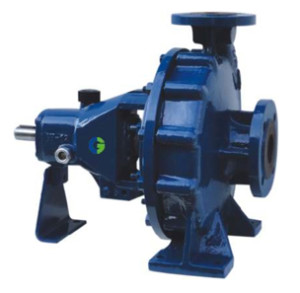The fire- fighting pump is an inconspicuous piece of equipment that is most often out of sight; nevertheless a vital part of the firefighting equipment. The fire hydrant acts as an important link of the fire protection sequence of which the fire pump is a critical component. Once, normally seen solely in large industrial premises, today, it has become a common feature in a wide range of applications. Its sole purpose is to push the pressure of water supply within the fixed system of fire protection.
The firefighting pump’s demand soared with increase in high rises as it was able to provide water supply at reasonably high pressures to get to the top floors of high rise buildings. The firefighting pump dealers stock two kinds of pumps that are useful in firefighting systems and they are the vertical turbine and the centrifugal split case. The Back pullout pump dealers are stockists of other kinds of pumps. The pumps cannot generate the supply of water, they only hike the pressure of the water flow that goes towards the hose/standpipe supply or fixed sprinkler systems for fire protection. The pumps are located in places that are not easily visible to passersby and hence go unnoticed. However, that does not undermine the significance of these fire protection mainstays and it is good to get a brief on how they work.
Installation of the fire pumps rests on two fundamental parts and they are the driver and the pump. The pump performs the important function of giving the required pressure and flow to the water to meet the fire protection requirements. Two kinds of pumps are normally used as mentioned above; the centrifugal and the vertical turbine. When the pump intake’s water supply is under pressure the centrifugal split case is used whereas the vertical turbine is applicable when water bodies like a cistern or a well act as a water source.
The driver denotes the mode of energy supplied to the pump. The driver is the basis for the running of the entire system. In earlier times, there were several drivers which were normally used like water, steam, gasoline, electric and diesel motors. Steam was adopted as the driver device in huge industrial units where steam was available in excess quantities and could be diverted for operating the pump. Gasoline engines were prevalent in automobile units while water systems are no longer in use as of today. The two commonly used driver options in today’s times are the electric motor and the diesel motor largely because of the reliability factor. In case of electricity outage the presence of diesel generators ensures the continuance of power to the fire pump if required. Besides the driver, pump and a controller device through which the motor or engine operates, there are other components such as the jockey pump, intake, relief valve, test header, discharge and control valves which constitute the elements of a normal firefighting pump installation.
In addition to the firefighting pumps another common device that acts as a fire resistant device in many of the industrial units is the Crompton Greaves flameproof motors. More about it in a later article.

